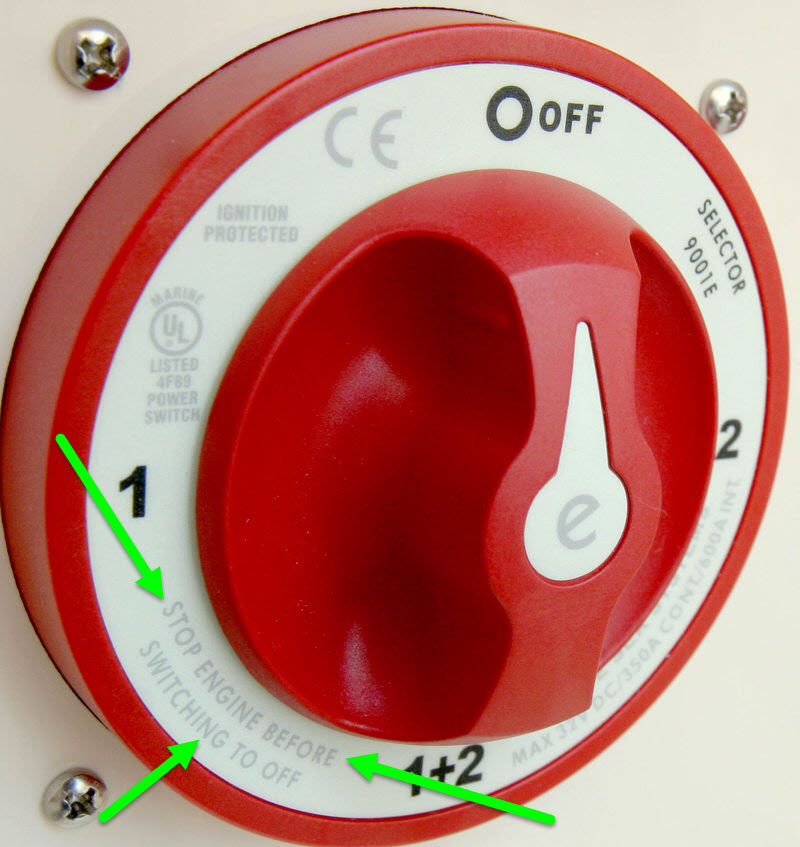I owned a 2006 Hunter 41 DS. The boat is equipped from the factory with a solenoid combiner. When the ignition is turned to "on", the solenoid powers and combines the start battery with the house battery. The solenoid is a "Cole-Hershey" manufactured unit, and can be found on many older automobiles. It is located behind the battery switches. To see if it's working, have someone turn the ignition to "on", and while below near the battery switch listen for a distinct click. If it's not working, I would replace with a modern electronic combiner.
This is how my boat, a 2003 Hunter 44, is configured as well. It's honestly a pretty good, simple and reliable system (as long as your batteries are similar chemistries). When I upgraded to LiFePO4 house batteries it became somewhat problematic because the solenoid ties all of the batteries together. I ran like this for some time while I continued upgrading the system, but it's not a recommended way to go about things.
I attached a picture of the solenoid assembly. On my boat it's located directly below the battery switches. You remove a couple of panels (8 stainless philips head screws) to access it. It's handy to know where this is because it's a convenient place to tie in additional chargers (solar, wind, DC-DC charger if you convert to Lithium, etc.) and essentially serves as a main "hub" for the positive side of the DC system. You'll notice that the backboard is conveniently labeled.
START: wiring from start battery/alternator.
HOUSE BATT: wired directly to the house batteries. You'll notice that this post will always read battery voltage regardless of the position of the House battery switch.
HOUSE COM: not a website about houses, this is the post wired in after the house battery switch. It will only show battery voltage if the House battery switch is on. This is wired into the main DC distribution panel, as well as the big, grey solenoid switch at the bottom of the picture. As previously mentioned, the solenoid switch bridges the switched house battery circuit and starter battery circuit together when the ignition signals ON in the small wires attached to the top of the solenoid.
When I upgraded, I ended up disconnecting the wires leading to the solenoid switch in order to permanently disconnect the house battery bank from the starter battery bank. The alternator charges the house battery bank through a Victron DC-DC charger now. I kept the jumper wires handy and kept the fuse blocks and solenoid in place, however, so I could restore the original circuit in an emergency, since I think it's a very robust, belt and suspenders setup.



